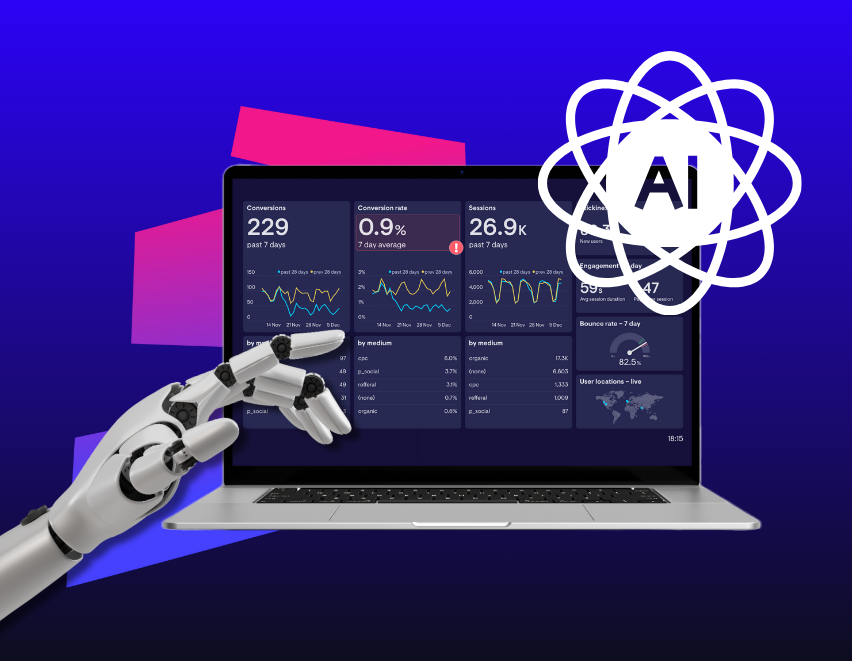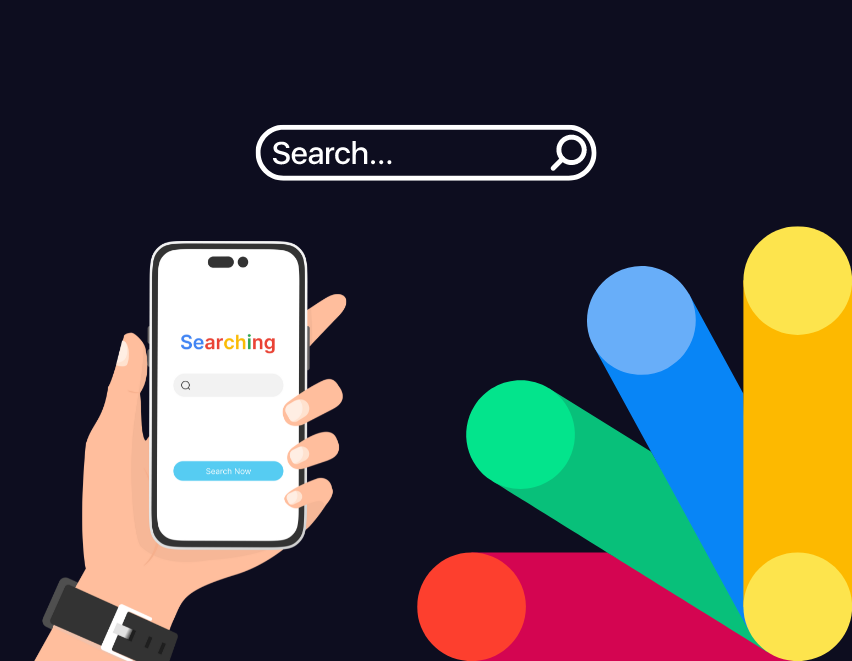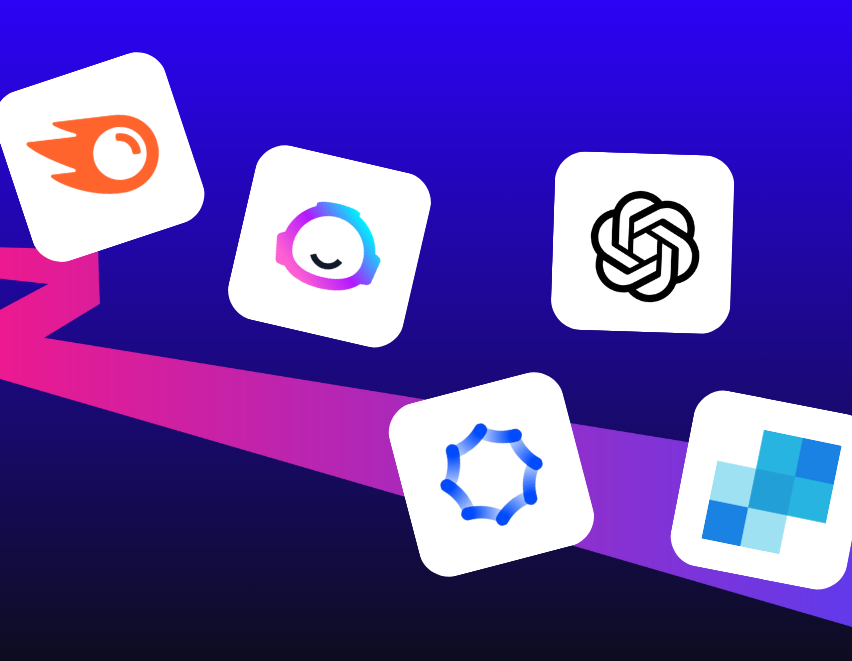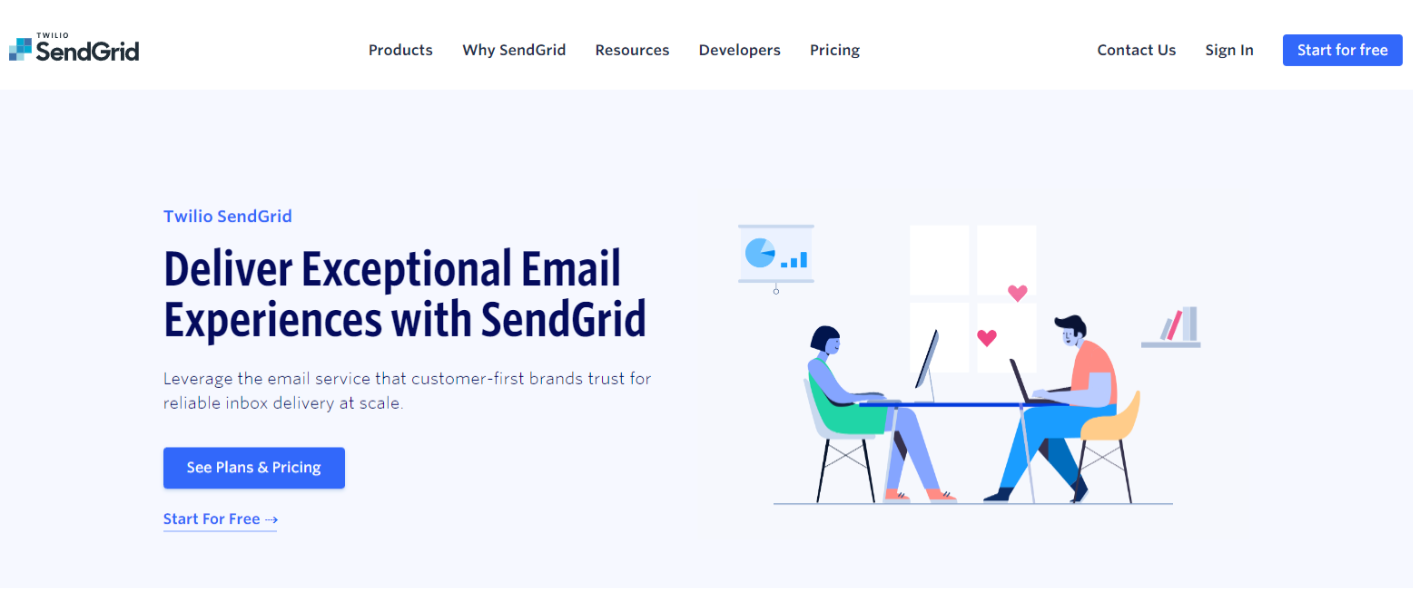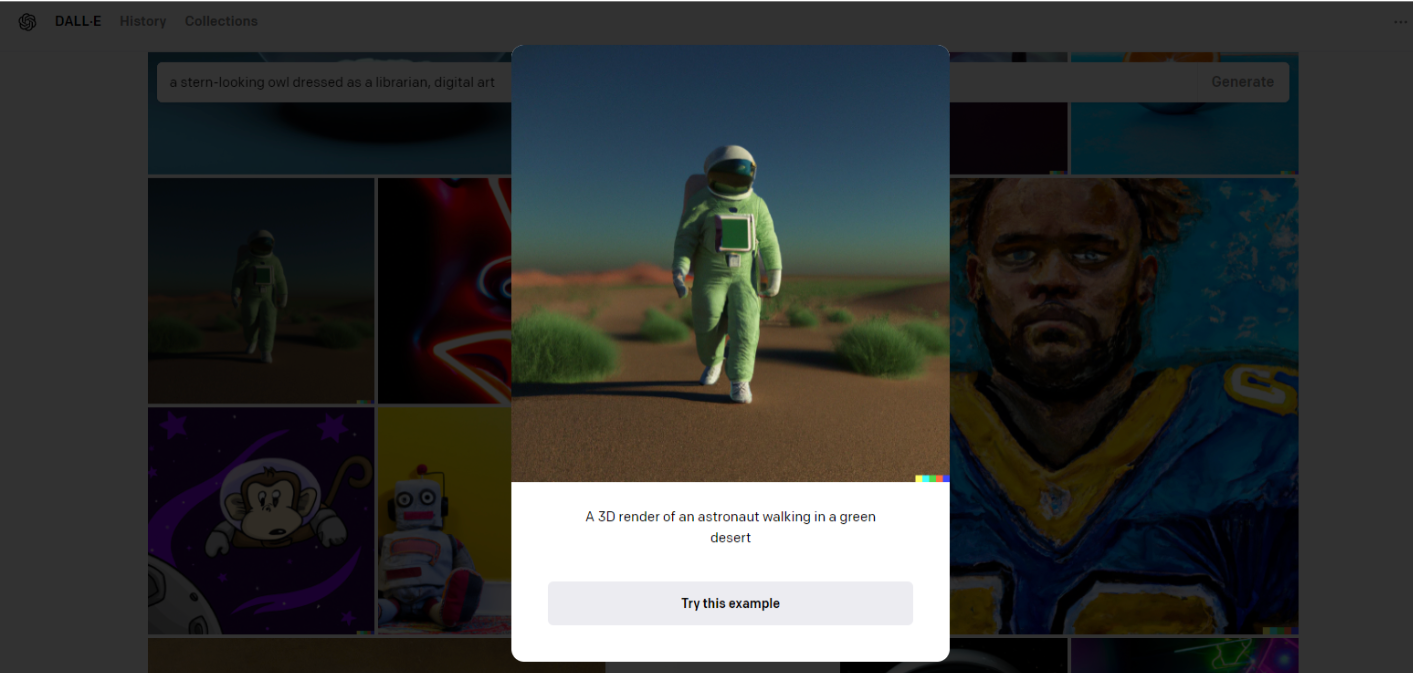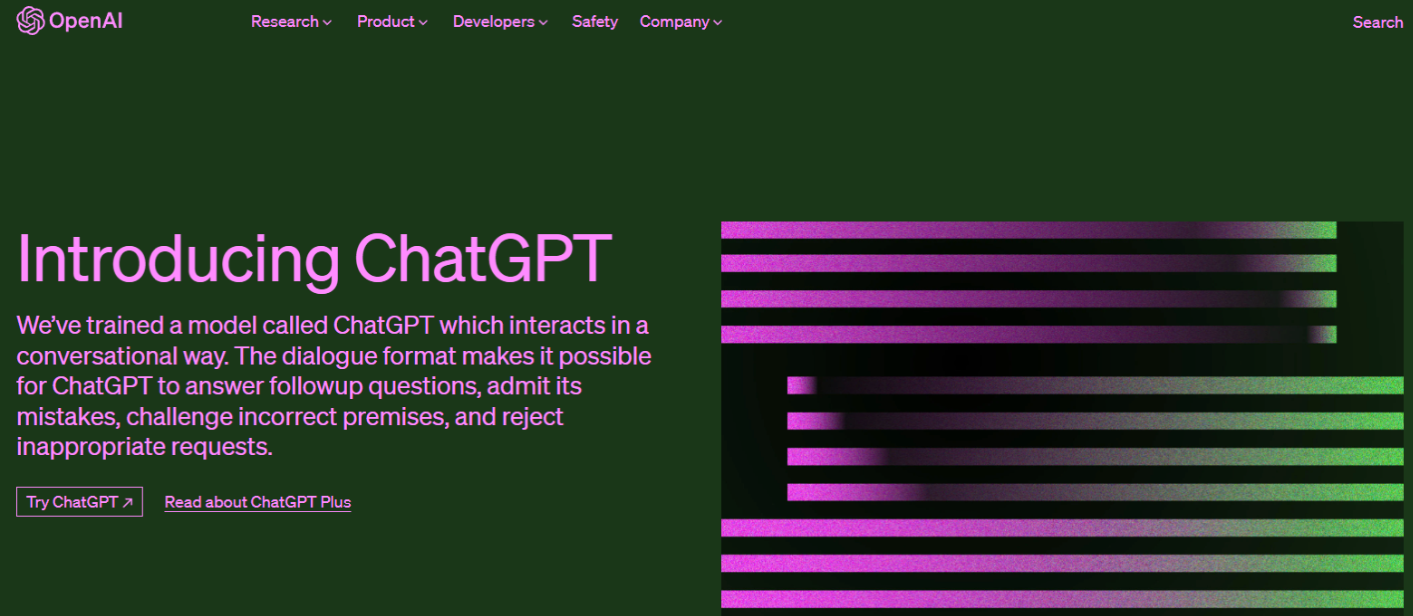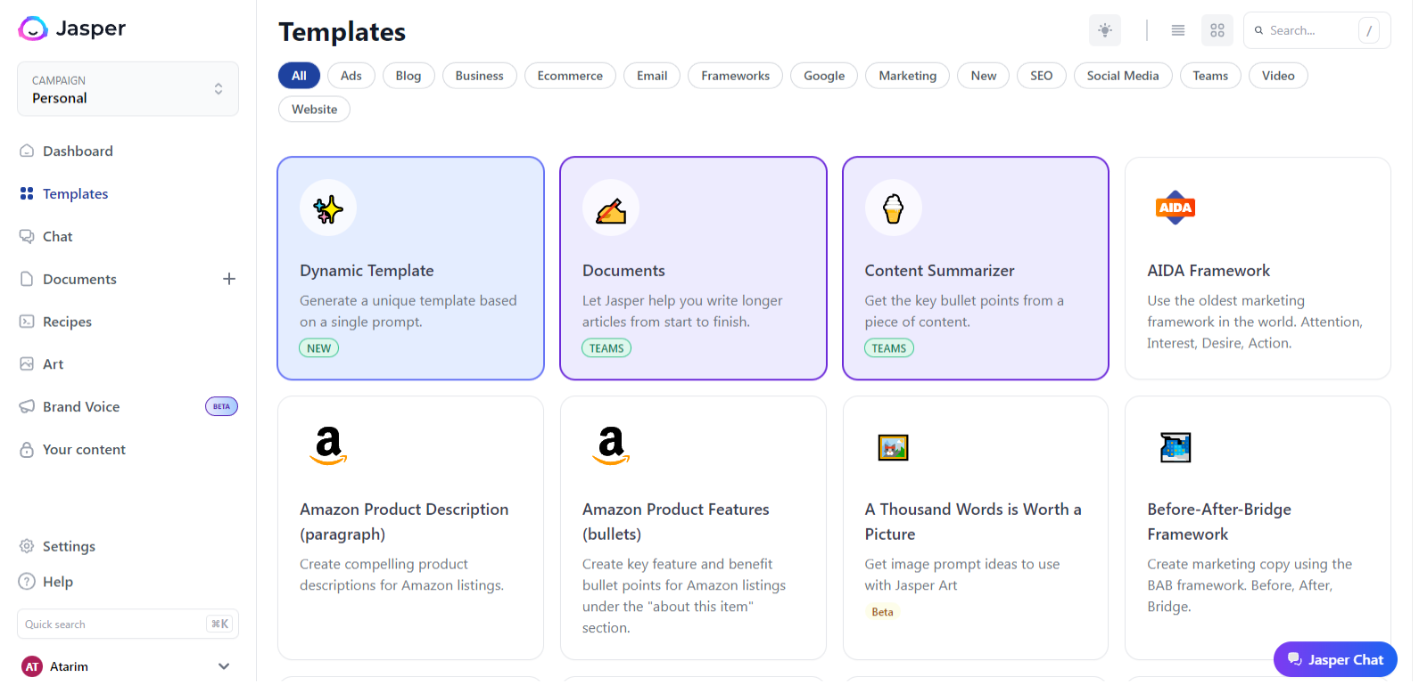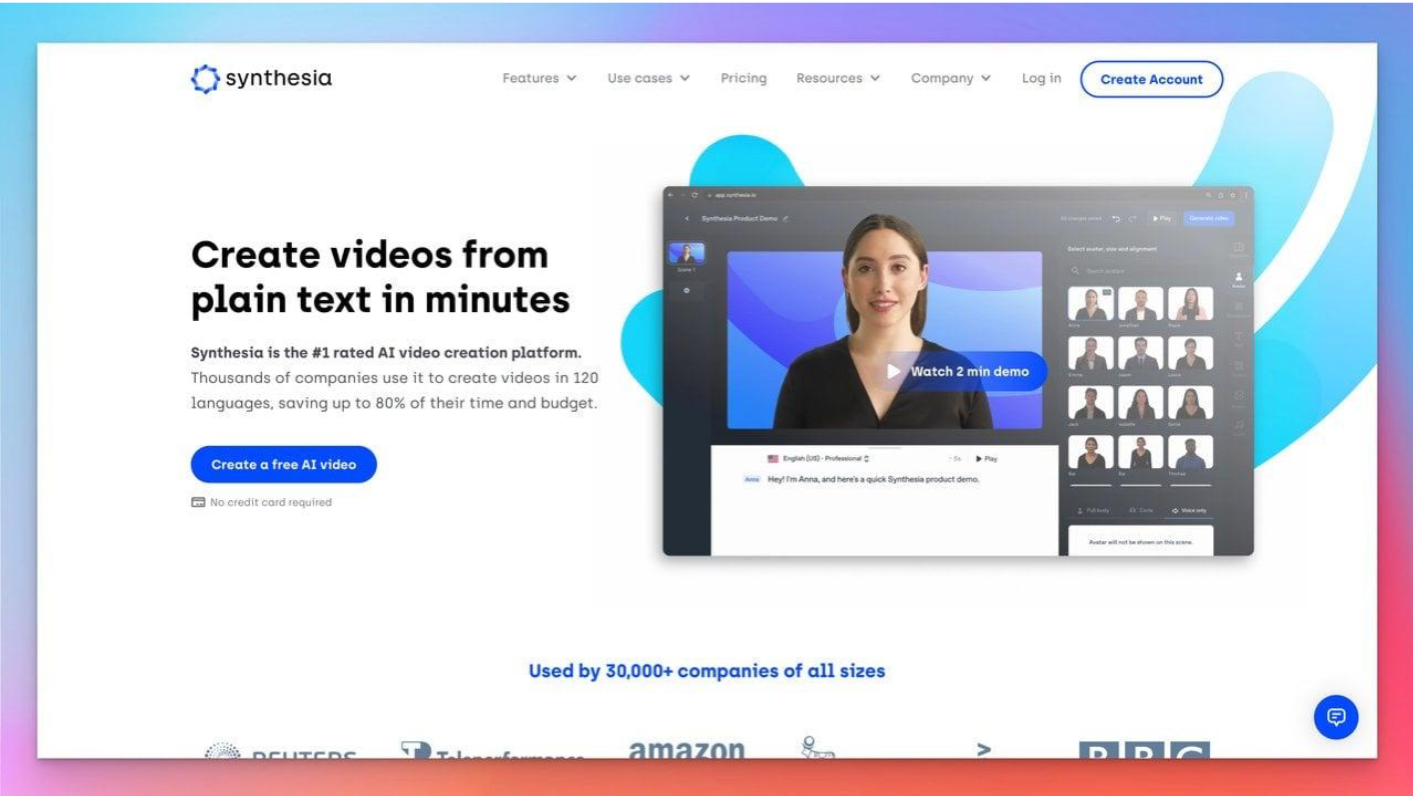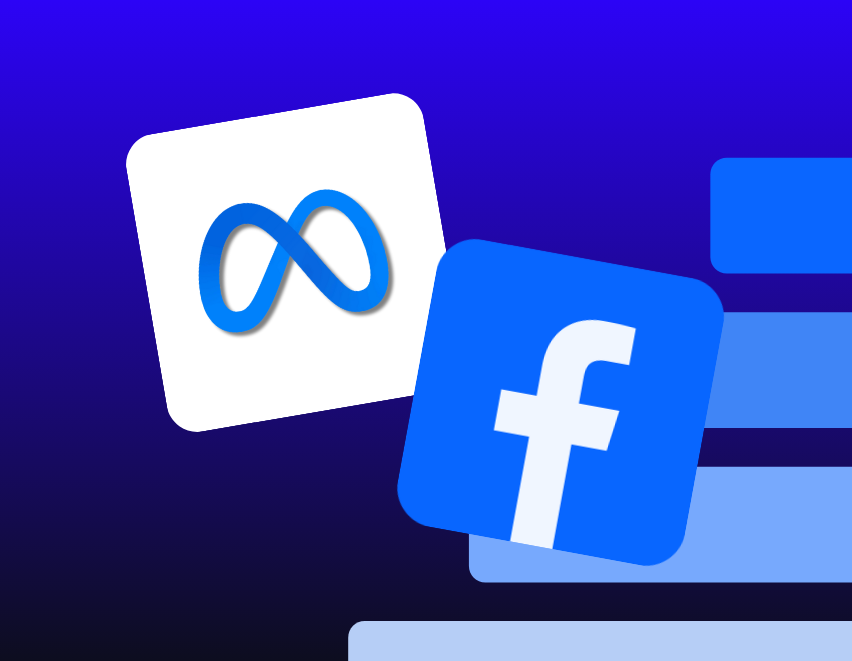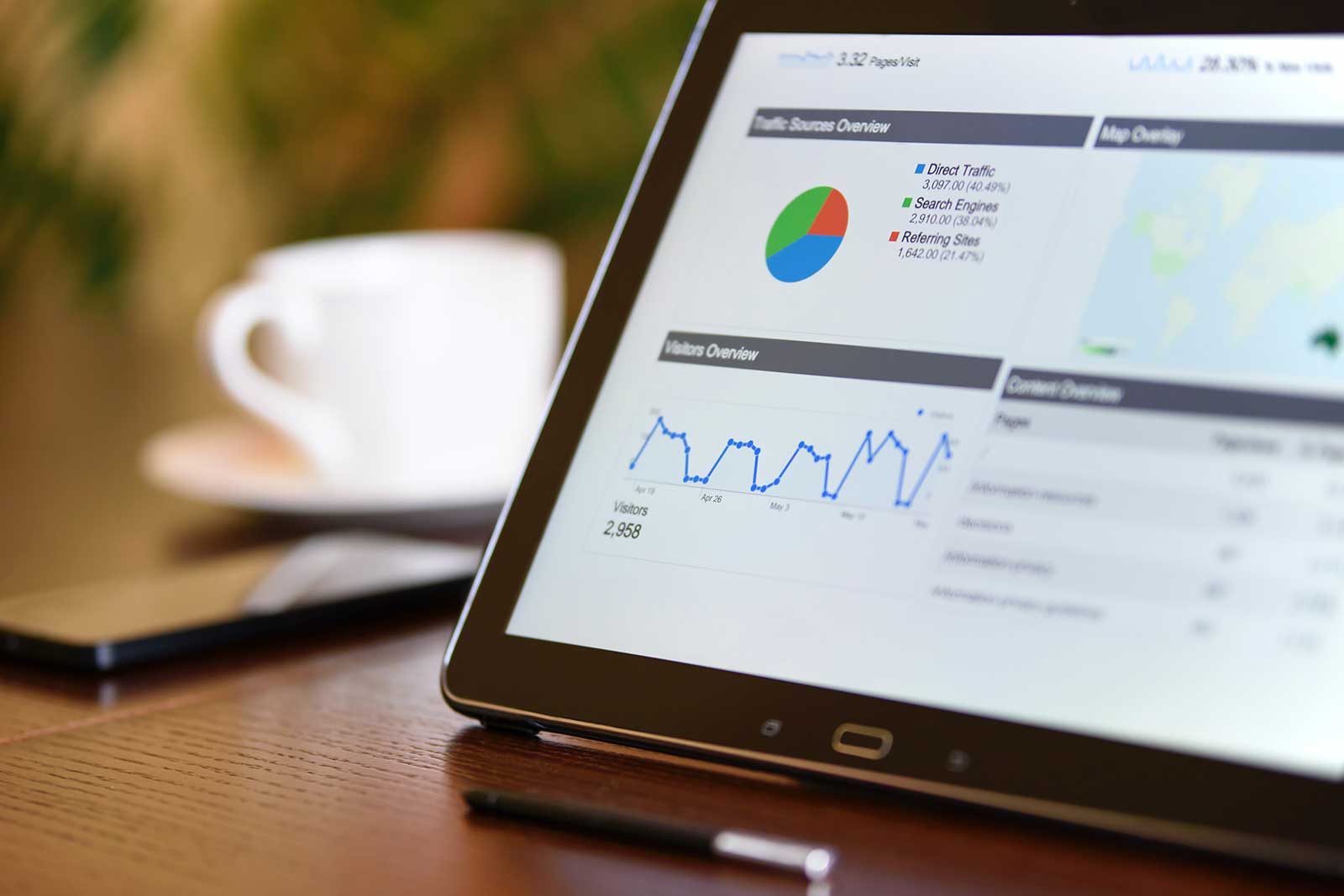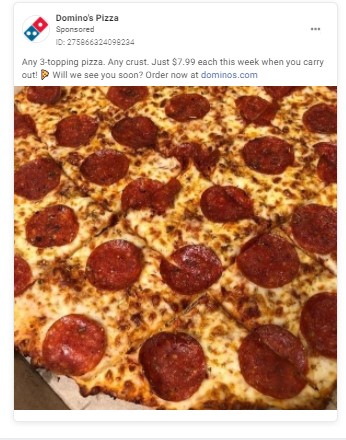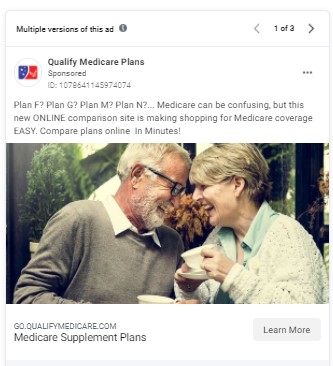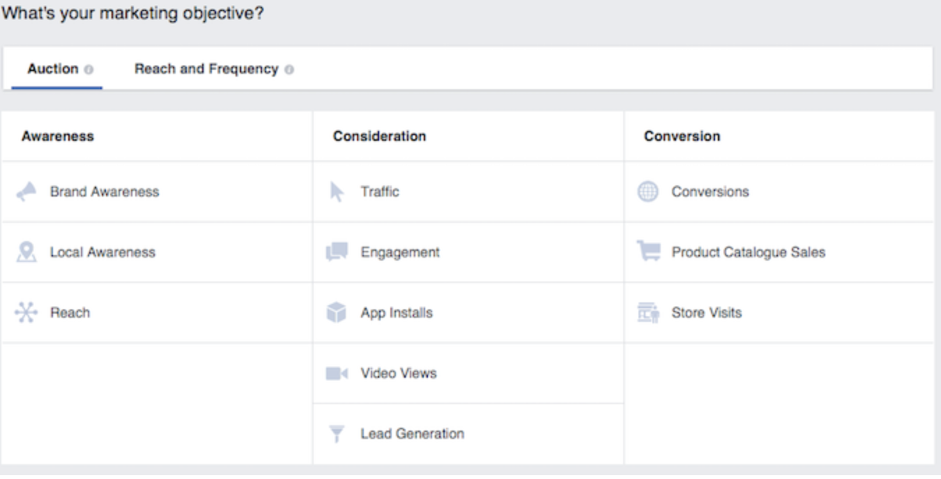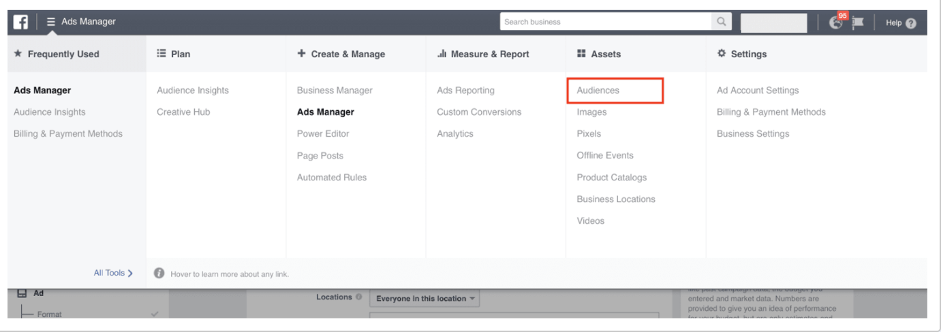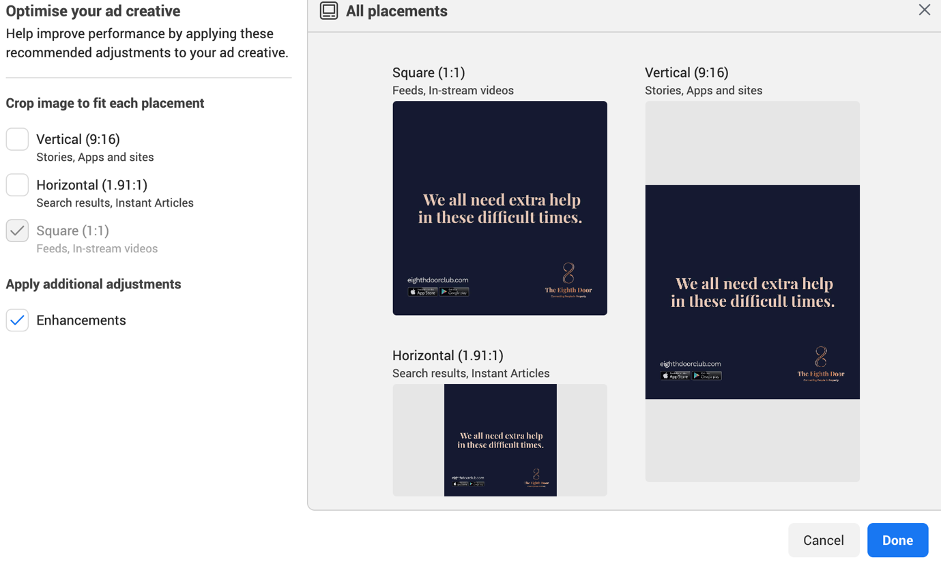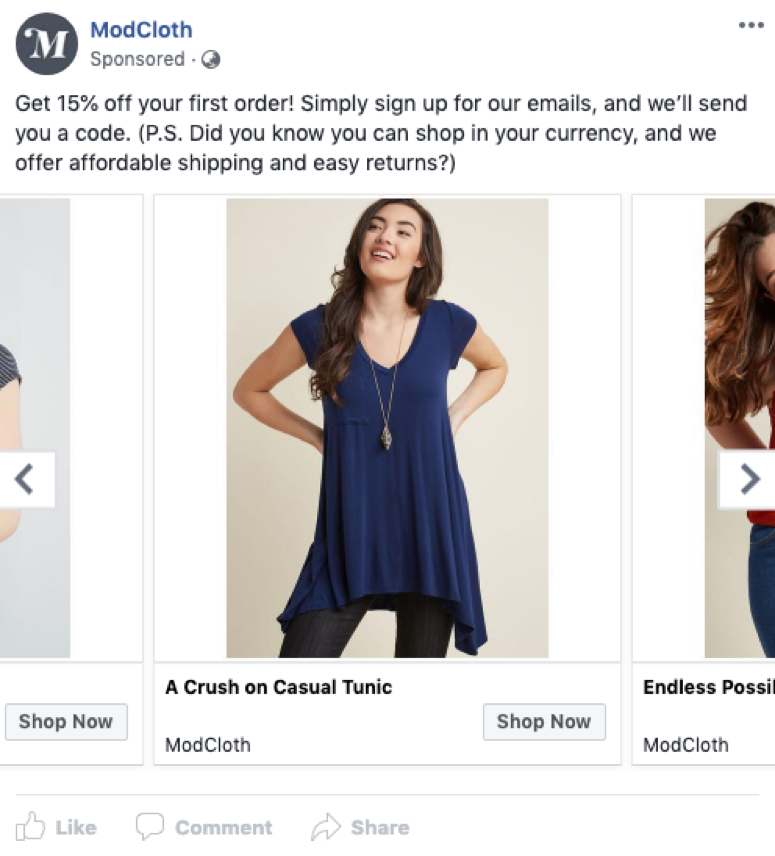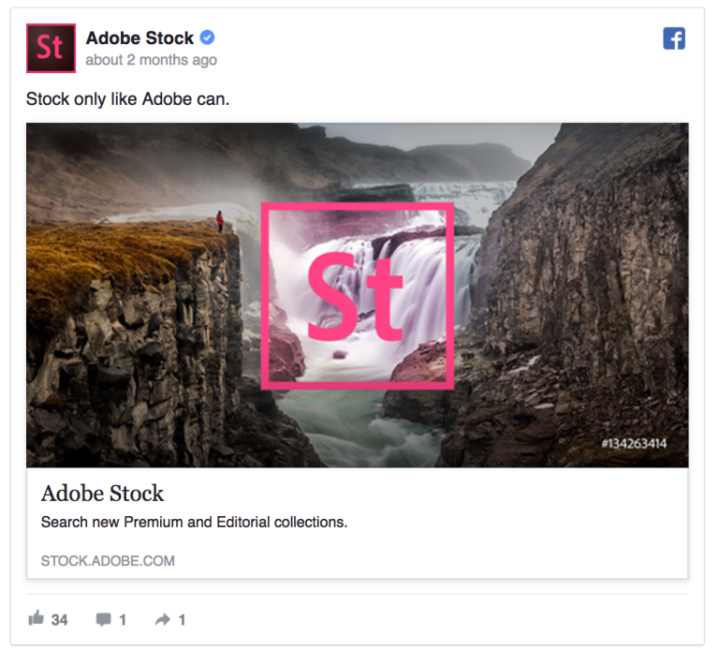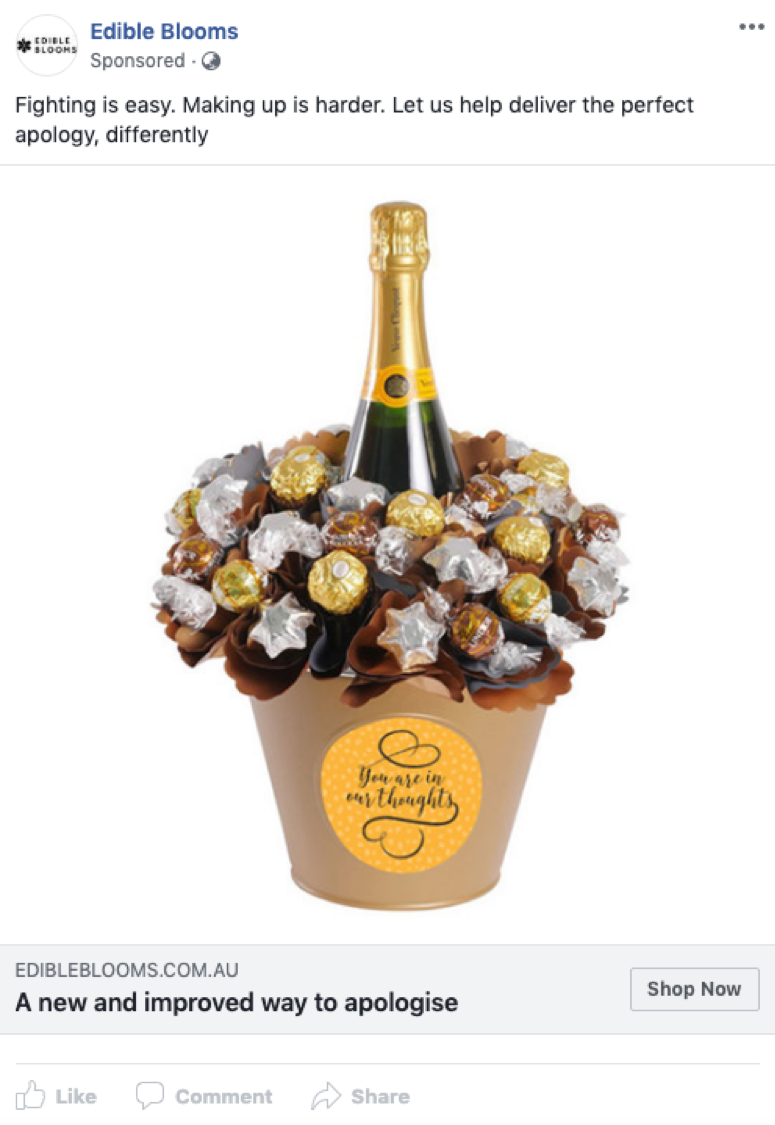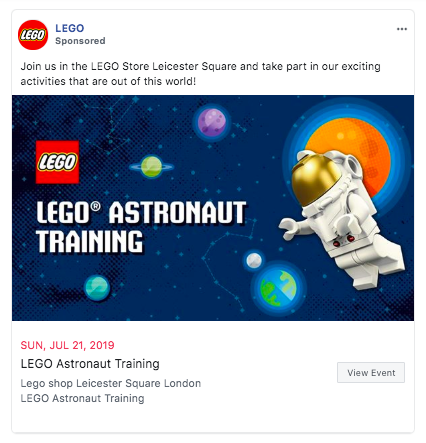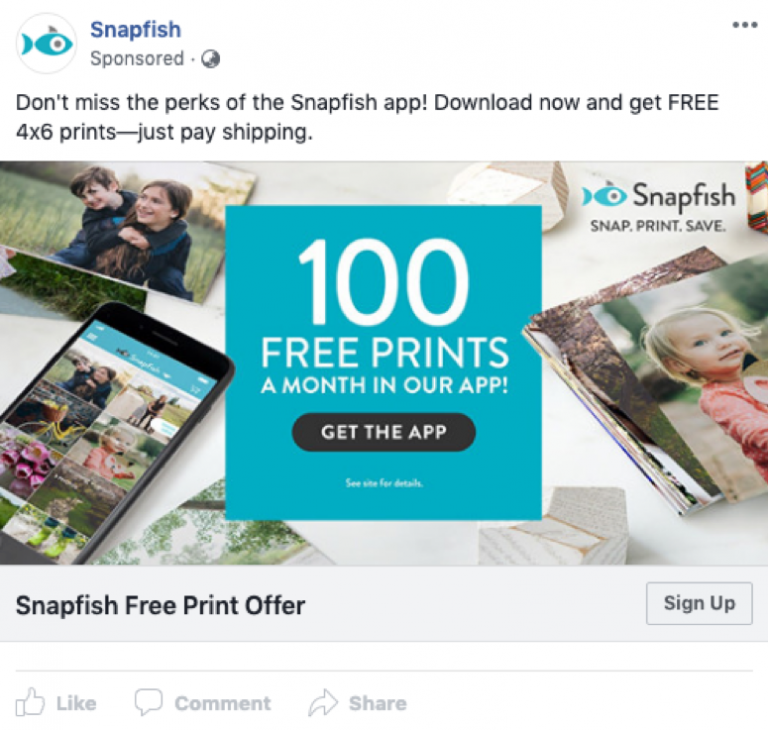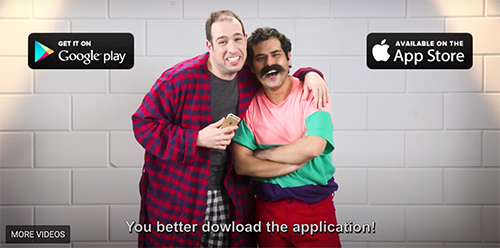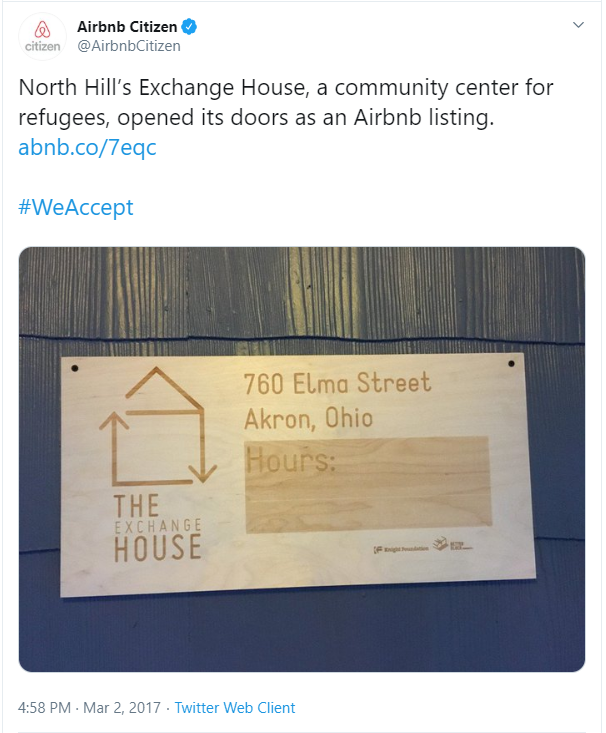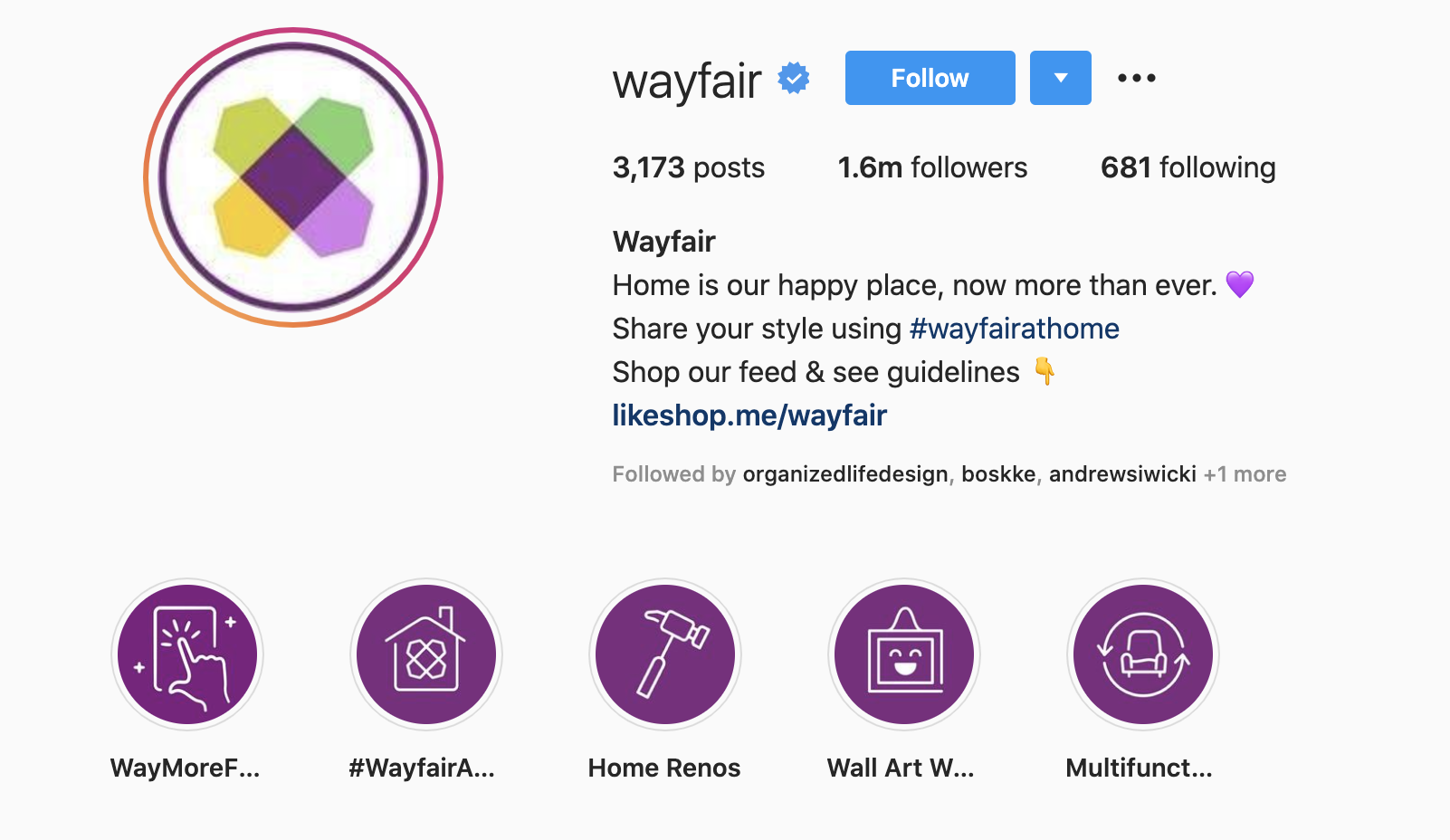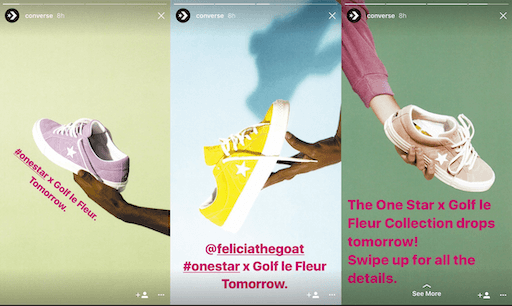You’d be hard-pressed to find any company, big or small, that’s not either using or at least considering AI tools to promote its brand and business—if only because that’s what the competition’s doing. But with so many tools to choose from, it can be tough knowing where to start. That’s why today I’ve collated the 5 best AI tools which have helped our clients reap immense rewards—and in rapid time.
An AI marketing tool is simply any platform or software that draws on AI to automate decisions based on your customer data, then analyses it and implements it according to your business goals and current market trends.
The goal of using such a tool is pretty much universal: anticipate the buyer’s next move—sometimes even before they know it themselves. This is all done in real time, and with no human supervision or intervention necessary. It’s this capacity to automate decisions at lightning speed that makes AI marketing tools formidable and game-changing. They crunch unimaginably large chunks of information from email, social media and the internet at large to bridge the gap between data and the actionable solutions you need to enhance your sales and marketing campaigns.
There are endless AI marketing tools to choose from, and it can feel overwhelming even trying to research them. So let me offer you a cheat sheet—the 5 finest AI marketing tools with which I’ve had firsthand experience of generating epic results for clients.
1) Flick
Price
7-day free trial, then:
- Solo: £11 a month
- Pro: £24 a month
- Agency: £55 a month
Standout features
- Post scheduling
- AI idea brainstorming
- Autosuggested hashtags
- On-brand AI caption writing
- Hashtag Search and Manager
Flick AI Social Media Assistant is a powerful tool designed to help marketers streamline the brainstorming, writing, and planning of their social media content. And by virtue of its 7-day free trial, users can create engaging and entirely on-brand content more easily than ever.
With Flick you can ideate around distinct content concepts, arrange and schedule your posts with a single click, and turn lengthy pieces into bitesized nuggets ready for sharing. And with Flick’s autosuggested hashtags and Hashtag Search and Manager, you’ve got every base covered when it comes to effective content management and visibility enhancement.
Flick is simple to set up, and even offers 24/7 support. It’s trusted by over 100,000 brands, marketers and content creators worldwide, who love how the tool saves them time, boosts their results, and improves their social media presence.
2) Phrasee
Price: Custom quote
Standout features
- Dynamic content
- Predictive analytics
- Engagement metrics
- Content management
Phrasee’s focus is brand language optimisation—that is, enhancing the language companies use for their brands online. Phrasee utilises a natural language generation system and machine learning algorithm to produce copy not only for socials but also for email and even push notifications. The result? Human-sounding copy that’s both effective and on-brand.
Phrasee is already turning heads in major places, counting Virgin and Domino’s among its fast-expanding client base.
3) GrowthBar
Price
- Standard: $29 a month
- Pro: $79 a month
- Agency: $129 a month
Standout features
- SEO
- Meta generator
- AI blogging tools
- Paragraph generator
GrowthBar automates content generation using GPT-3, the first AI technology to pass the Turing test—that is, a machine’s ability to exhibit intelligent behaviour equivalent to or indistinguishable from that of a human. GrowthBar suggests links, images, keywords, word count—and that barely scratches the surface. It’s capable of providing extensive backlinks and creating outlines for blogs. There’s also a Chrome extension.
4) Optimove
Price: Custom quote
Standout features
- A/B testing
- Campaign insights
- Hypersegmentation
- Multichannel tracking
Optimove is a customer data platform packed with AI-based marketing functions. It helps collect data from a multitude of platforms to form a unified view in one handy dashboard, where you can analyse your information, share it with your team, and leverage it to execute more precise marketing strategies.
Optimove uses a proprietary AI tool called Optibot, which scours all your customer data to generate actionable insights. Optibot can suggest which of your campaigns aren’t worth continuing with based on loss, and inform you when customers are potentially being exposed to excessive company comms.
Optimove must be doing something right, counting among its clients John Hardy, Sweaty Betty and the New York Racing Association.
5) Jasper
Price
- Starter (20k words): $40 a month
- Boss Mode (50k words) $82 a month
Standout features
- Machine learning
- Plagiarism checker
- Content generation
- Tone of voice settings
- Customisable templates
Previously called Conversion.ai, Jasper is an advanced AI marketing tool designed to create high-quality ad copy, emails, articles, landing pages and social media posts. Like GrowthBar it draws on GPT-3 to produce human-sounding text, and comes with built-in templates for PAS, AIDA, BAB and FtB. All you need to do is insert your brand or product name, and voilà!—on-brand copy, ready to go.
And as if that weren’t enough, if you’re an eCommerce brand you can even use Jasper to create product descriptions whether in meta or bullet point form, all at the click of a button.
What are the benefits of using an AI marketing tool?
Creating realtime personalisation
Today’s customers expect you to know what they want. This is an area where AI marketing tools come into their own, empowering you to adapt your sales and marketing strategy to generate a personalised experience for any given customer. Using predictive analysis, AI gains an exponentially better understanding of each individual shopper’s behaviours and buying habits. Imagine that power—being able to guide a customer to exactly the product that best suits their preferences, and at the precise time they want it most.
Automating tricky decisions
Data is everything in modern marketing, so being able to automate the gathering, analysis and implementation of your data is beyond powerful. For example, you can ascertain with great accuracy how your audience would react to a message before even having to launch it. Think of how many headaches that’s going to save you.
Increasing ROI
AI tools enable marketers to maximise the amount of information they produce while minimising the costs of other campaigns. At the same time they offer deep customer insights, and throw light on what your customers really want. What’s more, with AI tools you can group warm leads and guide them to move forward in the buying journey, ultimately boosting your odds of making a sale—and transforming ROI for your business.
Saving time and money
Every business owner is on the lookout to save money on their marketing campaigns. So while an AI marketing tool may be a sizeable investment to begin with, it pays dividends by cutting heaps of costs down the road. With an AI tool in your arsenal you can work faster and more efficiently, because you’re no longer having to pay staff to do the majority of the manual work. Instead of hiring a full team you can just recruit people for those tasks that absolutely can’t be performed without human supervision. And ultimately, AI massively reduces the chance of human error, too.
If you haven’t invested in AI marketing tools yet—the time is now
AI itself is nothing new—for years companies have been looking for ways to apply automation to accelerate their processes, streamline their systems, and draw ever more actionable insights to boost revenue. What is new is the power of these up-and-coming technologies—and the fact that investing in AI is no longer a luxury, but a necessity. So as a business, it’s vital to become conversant with AI marketing tools to stay ahead of the competition. In no time at all you’ll be honing a prosperous and futureproof brand.
